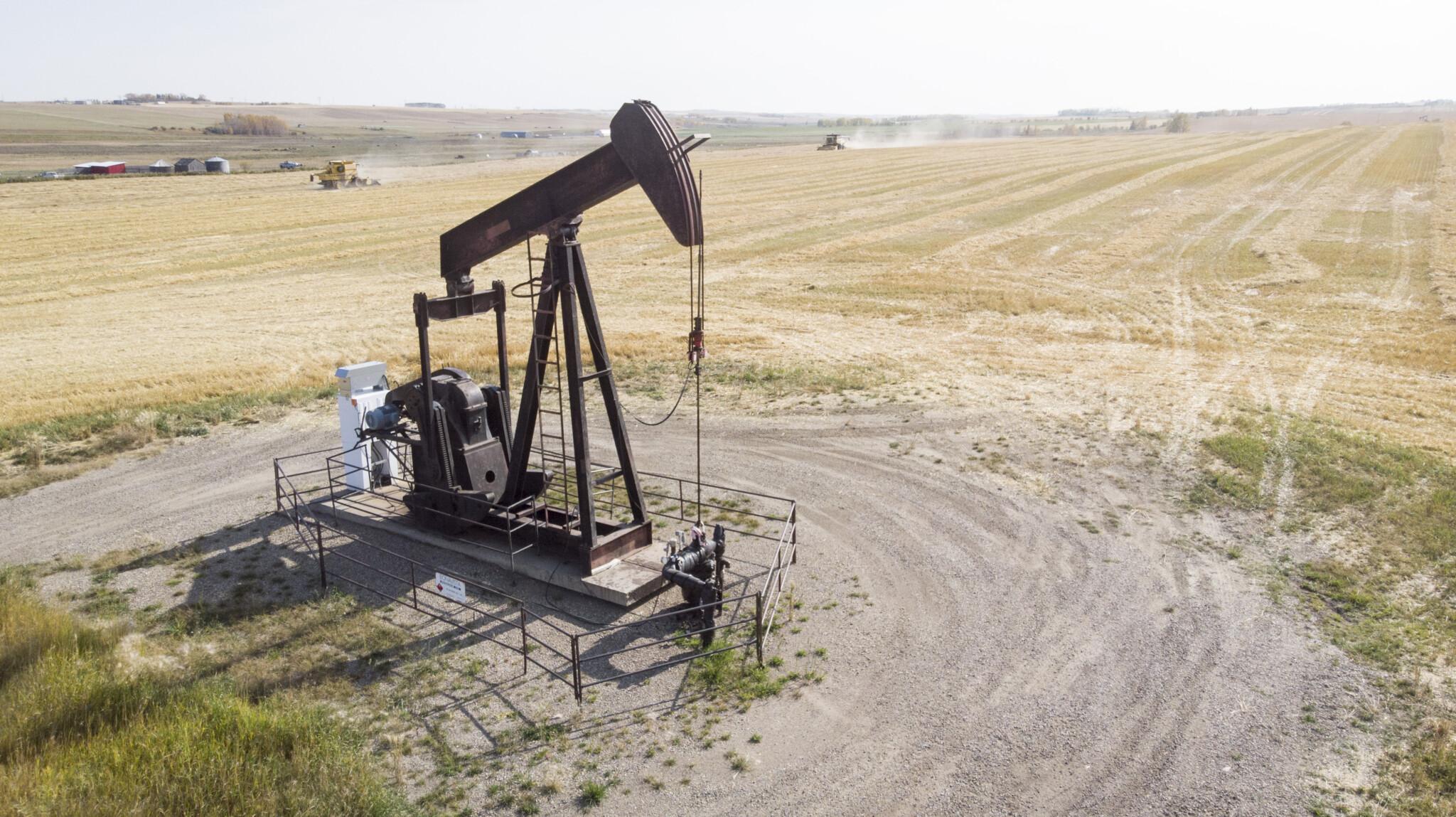With a growing middle class around the world, demand for all forms of energy, including oil and gas, will only increase. Roughly 100 million people are entering this higher standard of living every year, according to the World Data Lab. Energy agencies around the world agree that the demand for oil has never been higher at about 103 million barrels of oil per day in 2024.
Canada, the fourth-largest oil producer behind the United States, Saudi Arabia, and Russia, can and should be part of the picture. As Pathways Alliance members work to meet this demand, we continue to pursue and advance environmental innovation and projects, including a proposed carbon capture and storage network. Improving our oil sands operations is simply good business, and that’s why we’ve been reducing emissions from production on a per-barrel basis for many years.
Canada’s oil sector helps provide energy to the world as an open, friendly, and democratic country, rather than sources such as Russia, which uses its energy supplies and revenues for geopolitical purposes, including invading Ukraine and restricting energy to European countries supporting defence efforts of their neighbour. But Canada’s ability to help meet the world’s energy needs is at risk under the federal government’s emissions cap proposal.
There’s also a cost here at home.
This misguided proposal is an unnecessary approach to reducing emissions that is not aligned with good climate policy, as it singularly focuses on the oil and gas sector. It may force oil and gas operators to involuntarily decrease production. A decrease in Canadian production has no impact on global demand—meaning another country’s oil supply will fill the void.
It’s no secret that Canada’s oil and gas industry is a vital part of our country’s economy. A cap driving cuts in production would have a significant impact as shown by several independent analyses. For example, Deloitte published a detailed analysis of the economic impact of an emissions cap on the upstream oil and gas sector in Canada, concluding that the cap would result in a significant decline in the sector’s economic contribution, jobs, and revenues to governments in both Alberta and Canada.
The Conference Board of Canada concluded the cap could lead to a permanent decline in Canada’s annual real GDP, a key measurement of a country’s economic health. In Alberta, the board forecasts the impact would be even larger.
The decline in GDP would hit the treasuries of governments at all levels because a smaller economic contribution results in less money for governments to pay for the services Canadians need, from roads to health care.
The board estimates that in 2030 federal government revenues would fall by between $4.4 and $7.9 billion, while total provincial and territorial government revenues would contract by between $7.0 and $12.5 billion.
These are such big numbers it’s hard to understand what they really mean. For comparison, construction alone for the new hospital and cancer centre in Surrey, B.C. is expected to cost $2.9 billion, according to Infrastructure BC.
What’s puzzling is that this proposed cap is entirely unnecessary.
Environmental innovations are an important part of our business and will ensure we’re able to continue meeting global and local energy needs for decades to come. This includes Pathways’ proposed carbon capture and storage project in northeastern Alberta, with work starting long before the emissions cap was contemplated. Around the world, countries, including the Netherlands, the United Kingdom, Norway, and the United States, are showing early success on projects like this when governments co-invest alongside industry. We can do the same here in Canada.
We’re already actively working with both the federal and provincial governments to create a fiscal environment that would help make our proposed project a reality.
For example, organizations including Emissions Reduction Alberta, the Canada Growth Fund, and the Canada Infrastructure Bank are key. Combining those potential partnerships with incentives, such as the Investment Tax Credit and the Alberta Carbon Capture Incentive Program, along with existing industrial carbon pricing systems, including provincial equivalents such as Alberta’s Technology Innovation and Emissions Reduction, all play a potentially important role in making real progress.
These fiscal tools all need to come together to make such massive investments competitive in a global market. These are complicated programs, and details are still not finalized, so we should focus on making progress on them rather than layering on an emissions cap.
An emissions cap gives industry less—not more—of the certainty needed to make long-term multi-billion-dollar investments that create jobs, economic growth, and tax revenues for all levels of government. It simply makes Canada less competitive resulting in less investments for the oil and gas companies and the many businesses of all sizes that support them.
In this scenario, oil and gas investments, and all the benefits they generate, will go to production outside of Canada, including undemocratic countries lacking the interest or ability to deliver greenhouse gas emissions reductions.
Rather than singling out oil and gas with an unworkable regulation, Pathways would invite Ottawa to continue to work with us on finding real solutions to the climate challenge without unnecessarily harming Canadians’ economic well-being while also helping meet the world’s energy needs.
Pathways Alliance is a member of The Hub’s Corporate and Industry Council.










